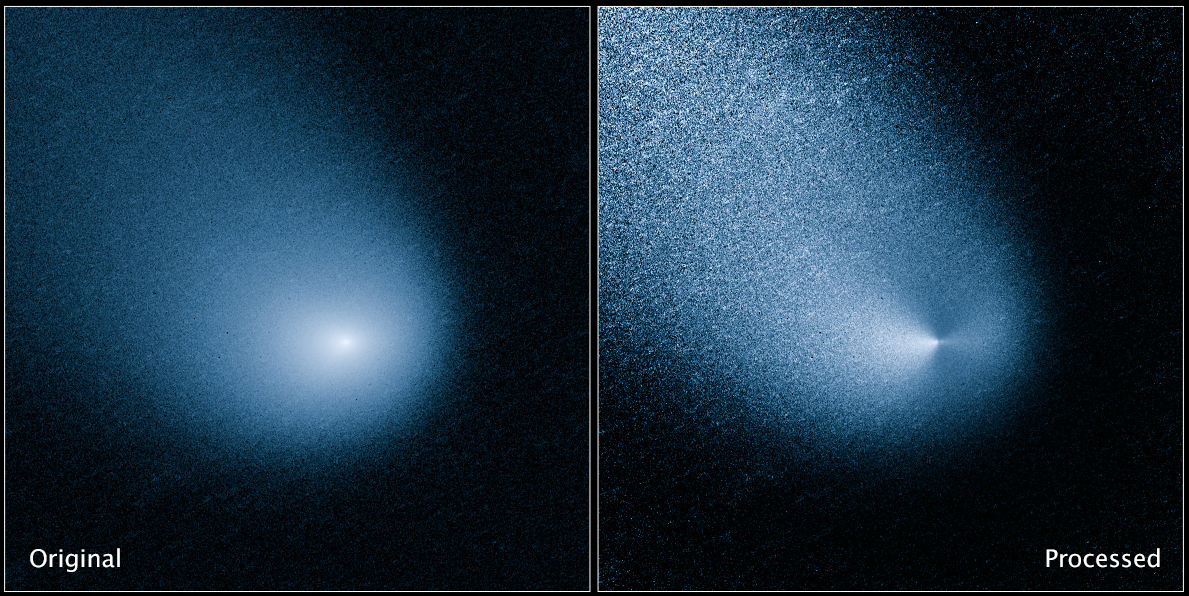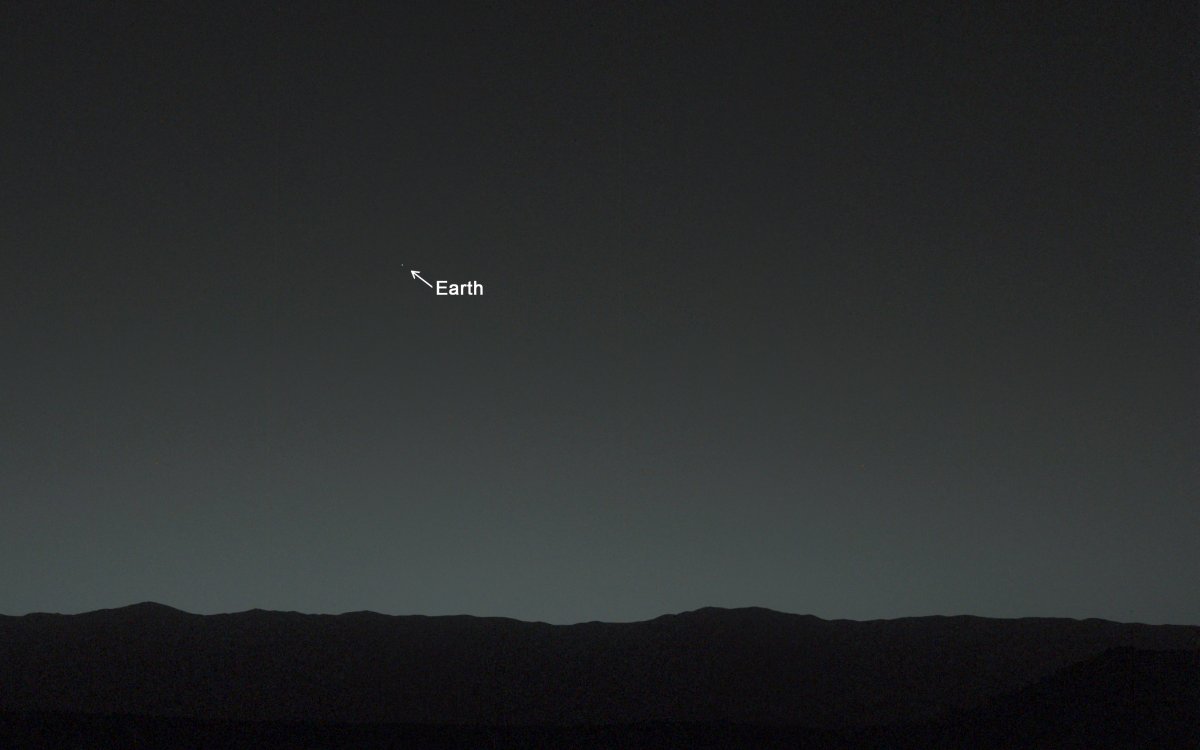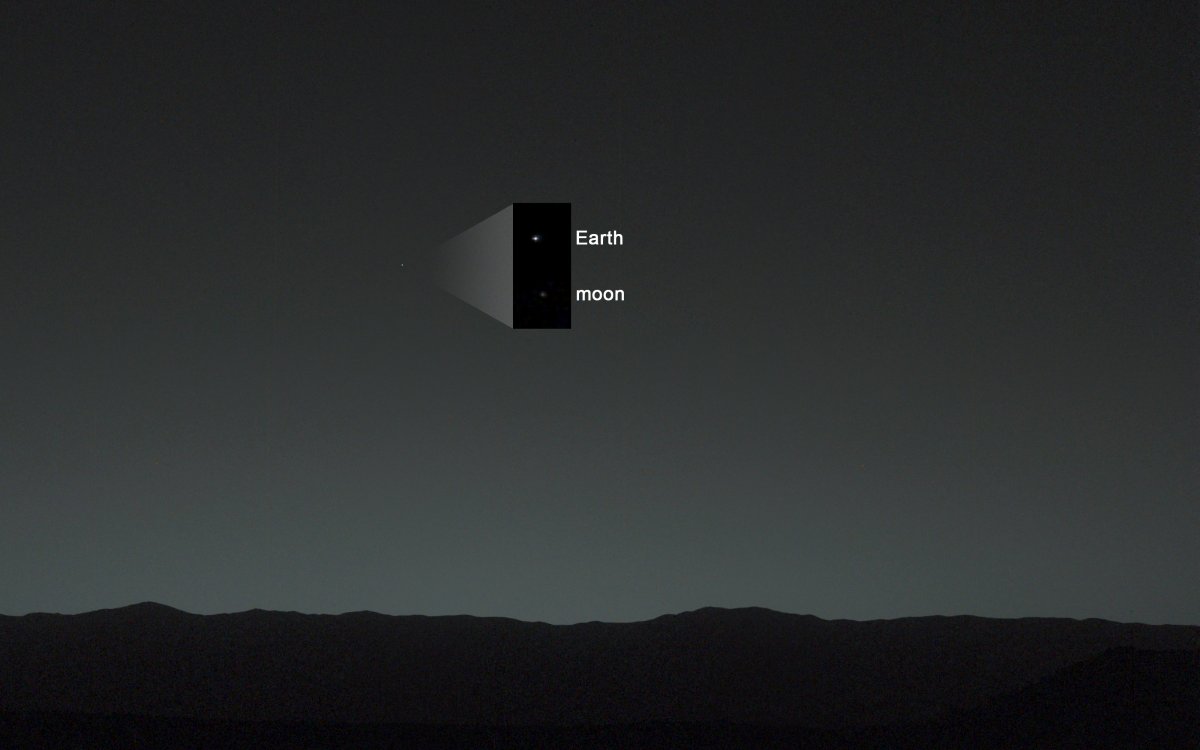The 5 most mysterious photographs taken on Mars, from strange lights shining up from the ground to a humanoid shape that looks impossibly like Big Foot…
Subscribe to Dark5 ► http://bit.ly/dark5
Like Dark5 on Facebook ► http://bit.ly/Dark5FB
Follow Dark5 on Google+ ► http://bit.ly/Dark5GPlus
Presenting the five most mysterious pictures from Mars, including a strange blotch spotted by NASA’s Curiosity rover only seconds after landing on the Red Planet, mysterious possibly artificial lights seeming to shine up from underground, the Mars monolith, massive holes and underground caverns that could harbor life, and a strange collections of photos that seem to show impossible scenes from a humanoid to a rabbit to signs of ancient civilization and even trees…
These incredible photos are real, but what about our interpretations? Do they show signs of bizarre alien life or are we simply seeing what we want to see?
Dig Deeper:
Mars Blotch: http://huff.to/UkJv3j
Mystery Light: http://bit.ly/1ib8pYk
Mars Monolith: http://bit.ly/1hFEoFf
Mars Holes & Caves: http://1.usa.gov/1kTBR4P
Mars Yeti: http://bit.ly/SDkhMf


